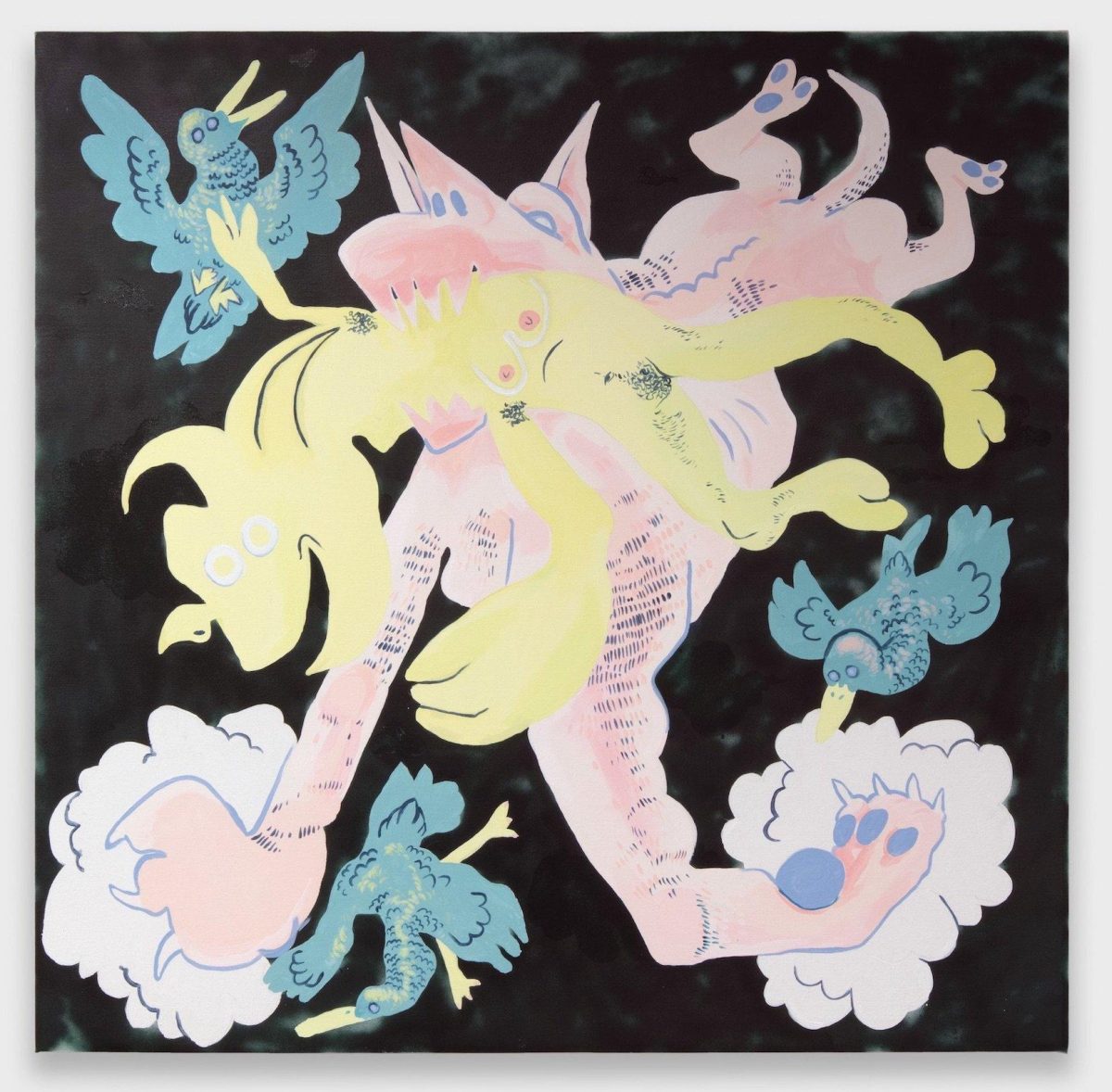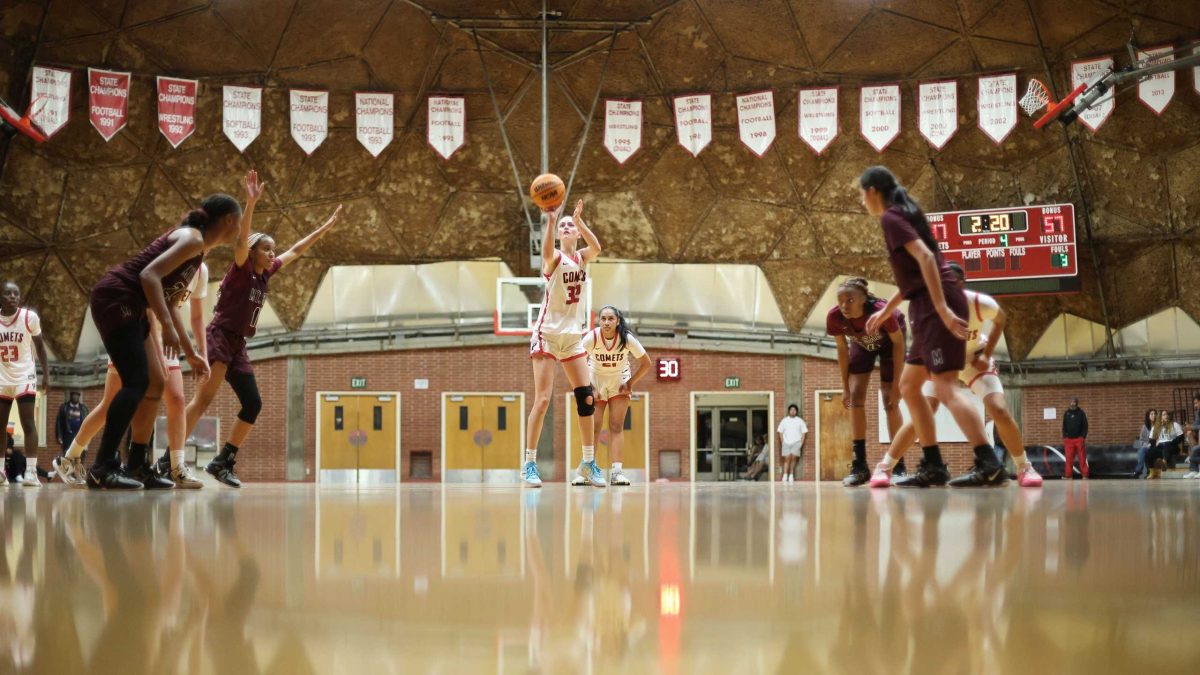Over the past couple of years, attendance at Major League Baseball games has dropped significantly because of how long the games are and the amount of action during the games.
The Commissioner of (MLB) Rob Manefrad, addressed the issue by including a pitch clock, banning shifts, and increased the size of the bases starting this year.
Throughout baseball, the biggest change has been the pitch clock because pitchers are taking their time between each pitch. Batters also are stepping out of the box often readjusting which has increased the game time significantly.
With the pitch clock, pitchers are given 15 seconds to throw the ball between each pitch and 20 seconds to pitch when there is a player on base. If a player decides to step out of the batter’s box within eight seconds of the clock, it will automatically be a strike. Not only that but when the pitcher doesn’t throw the ball before the clock runs out, it would be a ball toward the batter.According to Bally Sports, writer Russel Dorsey, “During opening weekend, 40 games were played under three hours and only 10 went over three hours. The average time of the game was two hours and 38 minutes, which is 28 minutes faster than last season’s average time of game of three hours and six minutes.” https://www.ballysports.com/national/news/mlb-s-new-rules-already-a-rousing-success
Personally, I’m not a huge fan of the pitch clock because of the amount of pressure that it puts on the pitchers but they have been able to adjust to the clock over time.
While I was at the Padres game on Thursday, April 5, Manny Machado was the first padre to strikeout due to the pitch clock because he stepped out of the batter’s box with eight seconds left. Machado immediately started talking back to the umpire that he called time out and was quickly tossed from the game.
Around the league, current players have been struggling getting hits because of the infielders that shift positions to the outfield. Prior to each at bat, players watch videos of the batter and move to where they would normally hit the ball in the outfield.
As mentioned, Manafrad introduced a new rule that would ban players from shifting to the outfield. Starting this year, all four infielders are required to stay on the dirt with two players on each side of second base.
Corey Seager, infielder for the Texas Rangers, will benefit significantly from the shift ban because being a left handed hitter he struggled to get hits. Major League Baseball (MLB) writer Mike Petrello wrote “ Seager got into 151 games and posted an above-average contact rate, all while being shifted on 93% of the time.” https://www.mlb.com/news/how-corey-seager-can-benefit-from-new-shift-rules
When Major League Baseball (MLB) announced the banning of shifts, I was excited because of the amount of action that will occur this season. As a Baseball fan, I love watching players get on base during games and cheering with the crowd at the stadium.
On the field, the bases have increased from 15 inches to 18 inches to promote more base stealing and monitor injuries. Columbian Broadcasting System sports writer Matt Snyder noted that “the MLB average in successful stolen bases has been about 0.5 per game from 2015-22. Back in the 1980s, it was routinely in the 0.7s and topped out at 0.85 in 1987.”
For more information about the new rules, check out these articles:
https://www.mlb.com/news/mlb-2023-rule-changes-pitch-timer-larger-bases-shifts

































































